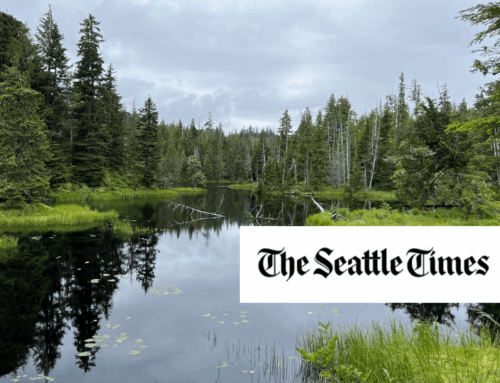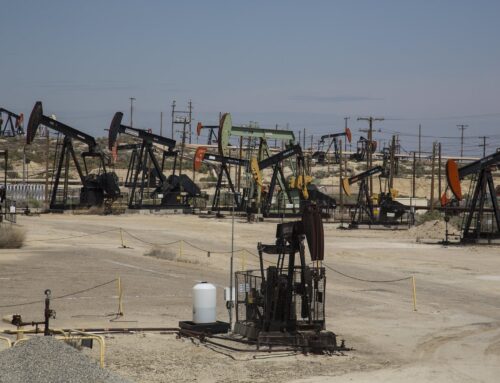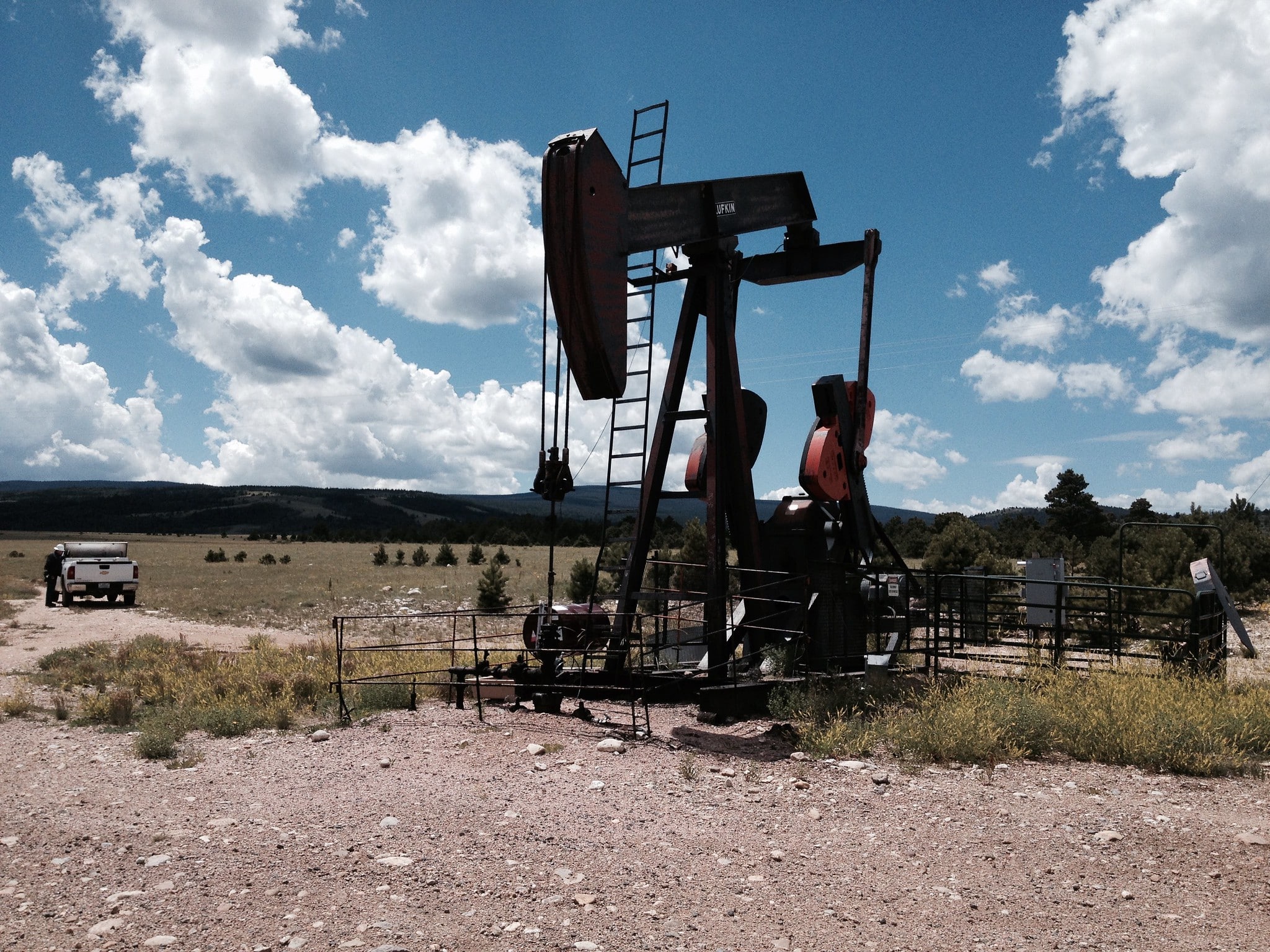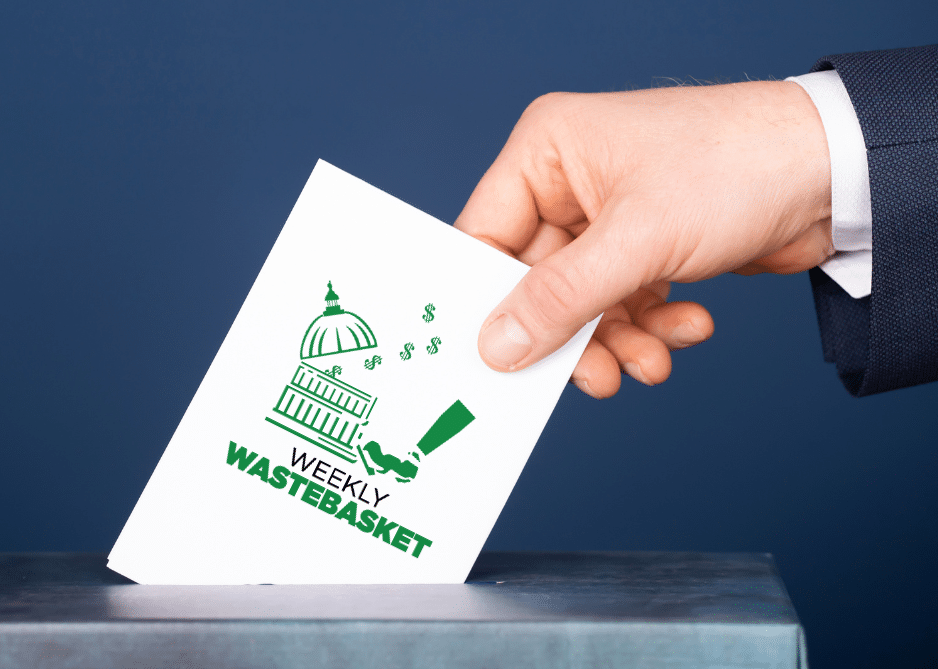The National Prescribed Fire Act of 2024 was significantly modified during the Senate Committee on Energy and Natural Resources mark up November 19. A summary of the bill as amended and passed by committee is available here.
Wildfires are burning hotter and more frequently than ever. As the federal government continues to commit significant resources to combat wildfires, Congress must ensure our limited resources get to the places where they are most needed. One bill, the National Prescribed Fire Act of 2024, seeks to increase the number of prescribed fires conducted on federal and nonfederal lands, which can reduce future wildfire risks. The bill was introduced by Sen. Wyden (D-OR) with co-sponsor Sen. Padilla (D-CA) in May 2024 and is scheduled to be considered by the Senate Committee on Energy and Natural Resources on November 19th.
The National Prescribed Fire Act of 2024 would create Prescribed Fire accounts at the U.S. Forest Service (USFS) and Department of the Interior (DOI) and appropriate a combined $300 million annually to fund the use of prescribed fire on federal land. The bill would require the government to use prescribed fires on an increasingly large number of acres and modify policies that make it easier to conduct prescribed fire at the federal and local level, such as improving the efficiency of the decision-making process for approving prescribed fires at the Environmental Protection Agency (EPA) and making federal firefighters conducting prescribed fire eligible for more benefits.
Prescribed fires, the controlled application of fire, can dramatically reduce wildfire risk by clearing dried brush and reducing the buildup of hazardous fuels that increase the intensity and severity of a wildfire. Prescribed burns, as opposed to other forms of hazardous fuels reduction like mechanical thinning, can also provide important ecological benefits, as many ecosystems depend on fire to maintain functionality and biodiversity.
Early opposition to prescribed fires and a strict policy for suppressing naturally occurring wildfires in the 20th century has resulted in a fire deficit-landscape more prone to catastrophic wildfires. In the early 1900s, the USFS actively opposed the use of prescribed fires, by refusing to fund wildfire activities on state and local lands that allowed prescribed burns. The USFS eventually started to provide fire funding to states that allowed prescribed burning in the 1940s and began regularly conducting prescribed burns on federal land in the 1980s.
Today, prescribed fires are recognized as a critical tool in protecting communities from devastating wildfires. In our most recent report, Clearing the Smoke: A Closer Look at Federal Spending and Programs on Wildfire, TCS calls on policymakers and practitioners to recognize fire as an essential ecosystem process. The inter-agency Wildland Fire Mitigation and Management Commission (Commission), created by Congress to provide recommendations to address wildland fire, also reported that "it is critical to dramatically increase both the frequency and scope of beneficial fire to mitigate wildfire impacts to both landscapes and communities." The National Prescribed Fire Act of 2024 would address many of the Commission's recommendations, including prescribed fire liability and the treatment of smoke from prescribed burns.
In June, the Senate Energy and Natural Resources Subcommittee on Public Lands, Forests, and Mining held a hearing to discuss this and other proposed bills. Associate Deputy Chief for the National Forest System Troy Heithecker and Deputy Director for State Operations at the Bureau of Land Management Karen Kelleher, witnesses at the hearing, voiced their support for the goals of the bill and the need to get prescribed fire on the land. As Sen. Wyden said at the time, "when it's hot and dry, as it's been the last few years, it's a prescription for trouble" and there is a lot of work that can be done in the off season to reduce the risk of wildfires.
Bill Analysis (as Introduced 05/23/2024)
New Funding for Prescribed Fire:
The proposed bill would create a Prescribed Fire account in USDA and DOI, funded a combined $300 million annually, to increase the use of prescribed fire in the United States. Specifically, the fund could be used to:
- Develop regionally specific prescribed fire strategies that take into account unique forest conditions and staffing and funding needs
- Implement prescribed fires on federal lands, including conducting environmental reviews and community outreach
- Hire additional personnel and purchase equipment
- Increase training for prescribed fires
- Conduct post-prescribed fire activities, such as reseeding
- Monitor the effects of prescribed fire on risk mitigation and ecosystem resilience
- Assist non-federal (State, Tribal, local government, or private) prescribed fire programs
The bill would also create a Collaborative Prescribed Fire Program, under DOI and funded at $10 million annually, to conduct prescribed fires in priority landscapes.
Making it is Easier to Use Prescribed Fire (Federal Level)
The proposed bill would require the USFS and BLM to increase the acreage burned by prescribed fires by 10% every year for 10 years. It would also create new policies and modify existing one to encourage the use of prescribed fire, including allowing USFS and DOI to:
- Enter cooperative agreement or contracts with State, Tribe, county, fire district, NGOs, or private entities to conduct prescribed fire on federal land
- Use funding from the Wildfire Suppression Reserve Fund to pay overtime costs to employees implementing a prescribed fire
- Use funding appropriation for hazardous fuels to mitigate the impacts of smoke from prescribed fire
The bill would also create policies to support federal firefighters in conducting prescribed fire, including:
- Give hazard pay to all employees (any classification) conducting a prescribed fire
- Create recruitment programs for women, formerly incarcerated, veterans, seasonal employees, etc.
- Grant indemnity to individuals and entities for prescribed fires on federal land or under federal jurisdiction, except in cases of gross negligence, and host a conference to encourage states to implement liabilities protection
Encouraging Prescribed Fire Use (Federal, State and Local Level)
Additional policy reforms included in the proposed bill would encourage the use of prescribed fires at the state, tribal, and local levels. The bill would:
- Establish a task force to support prescribed fire across ownership boundaries
- Create prescribed fire training programs, including a virtual center and a center for Indigenous led prescribed fire and cultural burning
- Conduct a study of a national prescribed fire claims fund
- Direct EPA to streamline the decision-making process for approving the use of prescribed fire, promote smoke management practices, and educate landowners.
- Carry out a national prescribed fire education program










